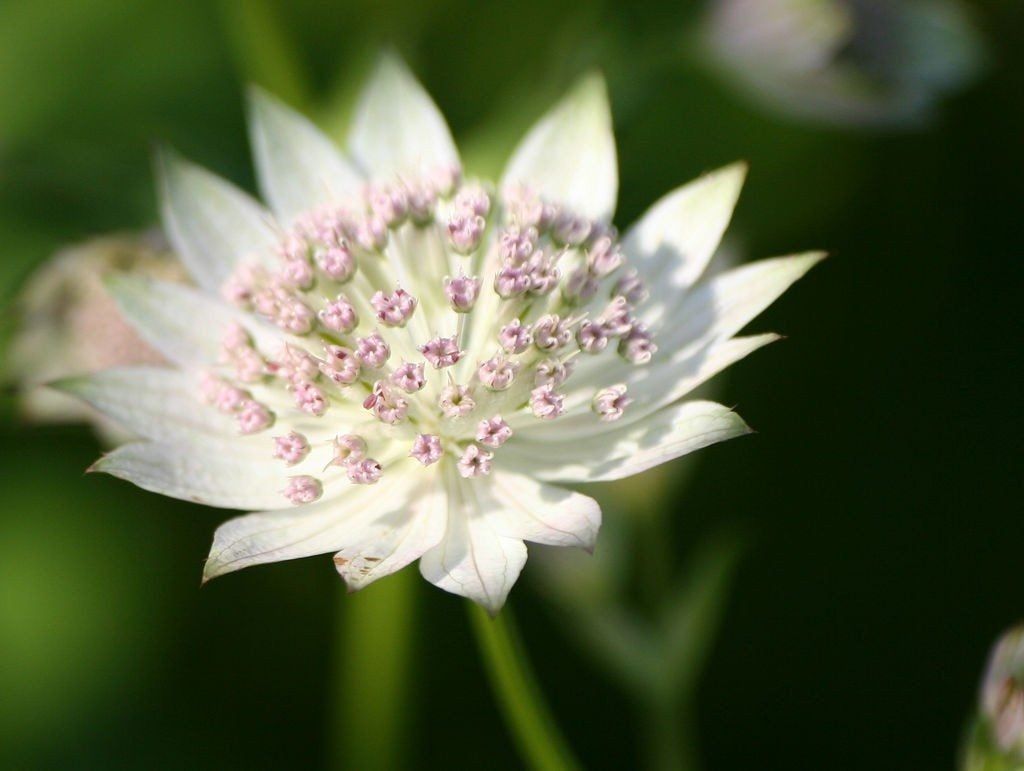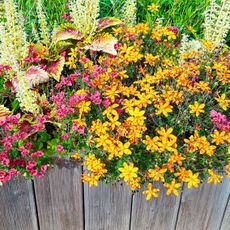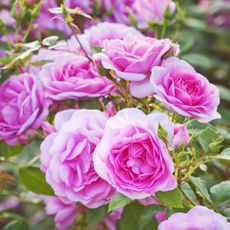Information About Astrantia (Masterwort Plant)


Astrantia (Astrantia major) is a group of flowers, also known as masterwort, that is both beautiful and unusual. This shade-loving perennial is not common to most gardens, but it should be. Let's take a look at the masterwort plant and how to care for Astrantia.
What Does Astrantia Look Like?
Astrantia grows to be about 1 to 2 feet (31-61 cm.) tall. Astrantias come in a wide variety of colors. The flowers on the masterwort plant are unusual looking, as they are a group of tightly packed florets that are backed by petal-like bracts. This makes the flower look very much like a star or a firework.
The leaves look a little bit like Italian parsley or carrots, which is not surprising as Astrantia are in the same family as carrots. There are a wide variety of masterwort plant cultivars. Some examples of cultivars include:
- Astrantia 'Buckland'
- Astrantia 'Lars'
- Astrantia major 'Roma'
- Astrantia maxima 'Hadspen Blood'
- Astrantia major 'Abbey Road'
- Astrantia major 'Shaggy'
Care of Astrantia
The masterwort plant is suitable for USDA plant hardiness zones 4 through 9 and is a perennial. It prefers to be planted in part shade to full shade. Astrantia grows best in moist soil with plenty of organic material. Since masterwort plant needs moist soil, it needs to be watered frequently during times of drought, otherwise it will die. It should be fertilized once or twice a year for best growth.
Propagating Astrantia
Astrantia is propagated either through division or through growing from seed. To divide the plant, dig up a mature clump in either early spring or early fall. Use a spade and thrust the spade through the masterwort plant clump. Replant the two halves wherever you would like the plants to grow.
To grow Astrantia from seed, start them in the fall. Astrantia seeds need to be cold stratified in order to germinate. Do the cold stratification in the fall and once they are cold treated, you can plant them in soil and keep the soil warm. The older the seed, the longer it will take for them to germinate. Scarification of the seeds will also help to increase the number of masterwort seeds that germinate.
Gardening tips, videos, info and more delivered right to your inbox!
Sign up for the Gardening Know How newsletter today and receive a free download of our DIY eBook "Bring Your Garden Indoors: 13 DIY Projects For Fall And Winter".

Heather Rhoades founded Gardening Know How in 2007. She holds degrees from Cleveland State University and Northern Kentucky University. She is an avid gardener with a passion for community, and is a recipient of the Master Gardeners of Ohio Lifetime Achievement Award.
-
 Ultimate Raised Beds For Small Gardens: Try These 5 Raised Options For Compact Corners
Ultimate Raised Beds For Small Gardens: Try These 5 Raised Options For Compact CornersThe perfect raised beds for small gardens squeeze every bit of useful space out of the most productive corners. Here are some practical space-saving ideas you can try
By Mary Ellen Ellis
-
 Best Romantic Old Garden Roses To Grow For A Dreamy Display
Best Romantic Old Garden Roses To Grow For A Dreamy DisplayDiscover abundantly blooming old-fashioned garden rose varieties that will be star performers in beds, borders, trellises, and containers.
By Tonya Barnett